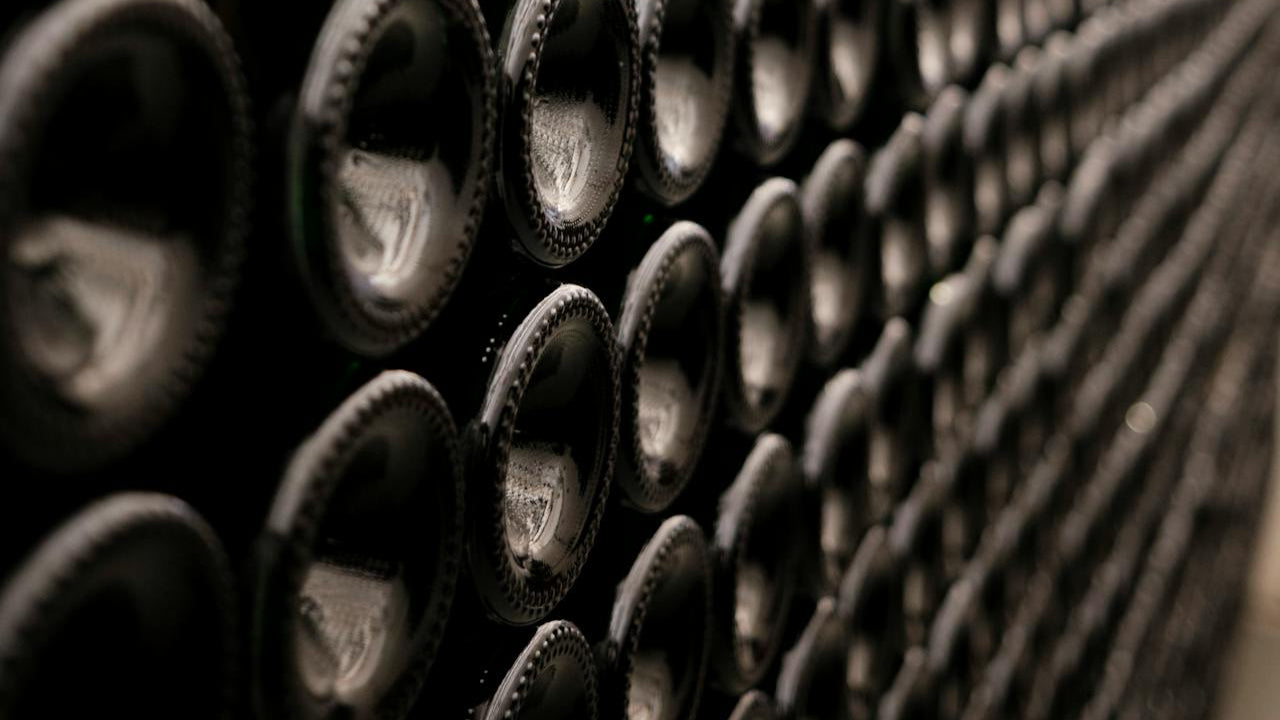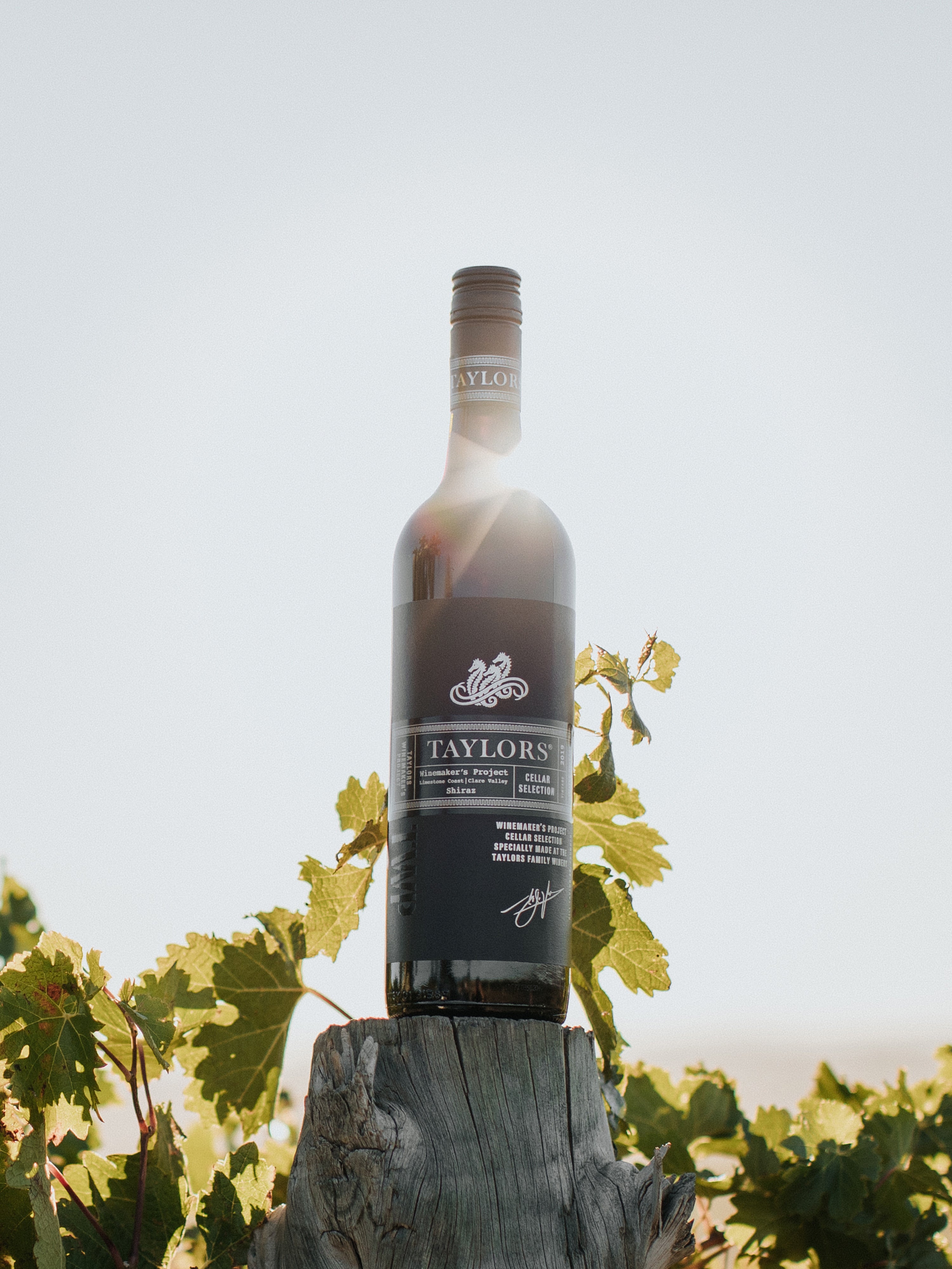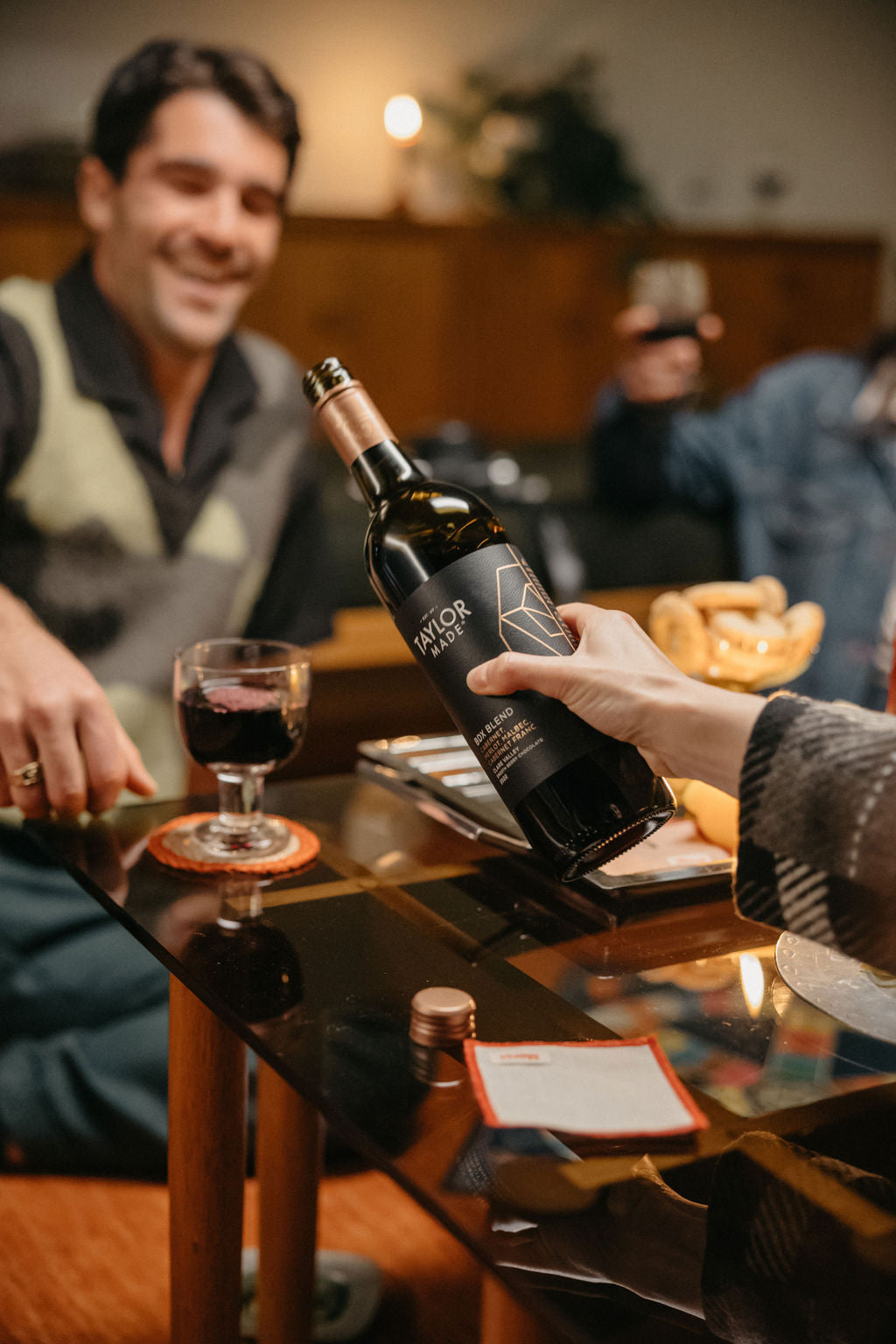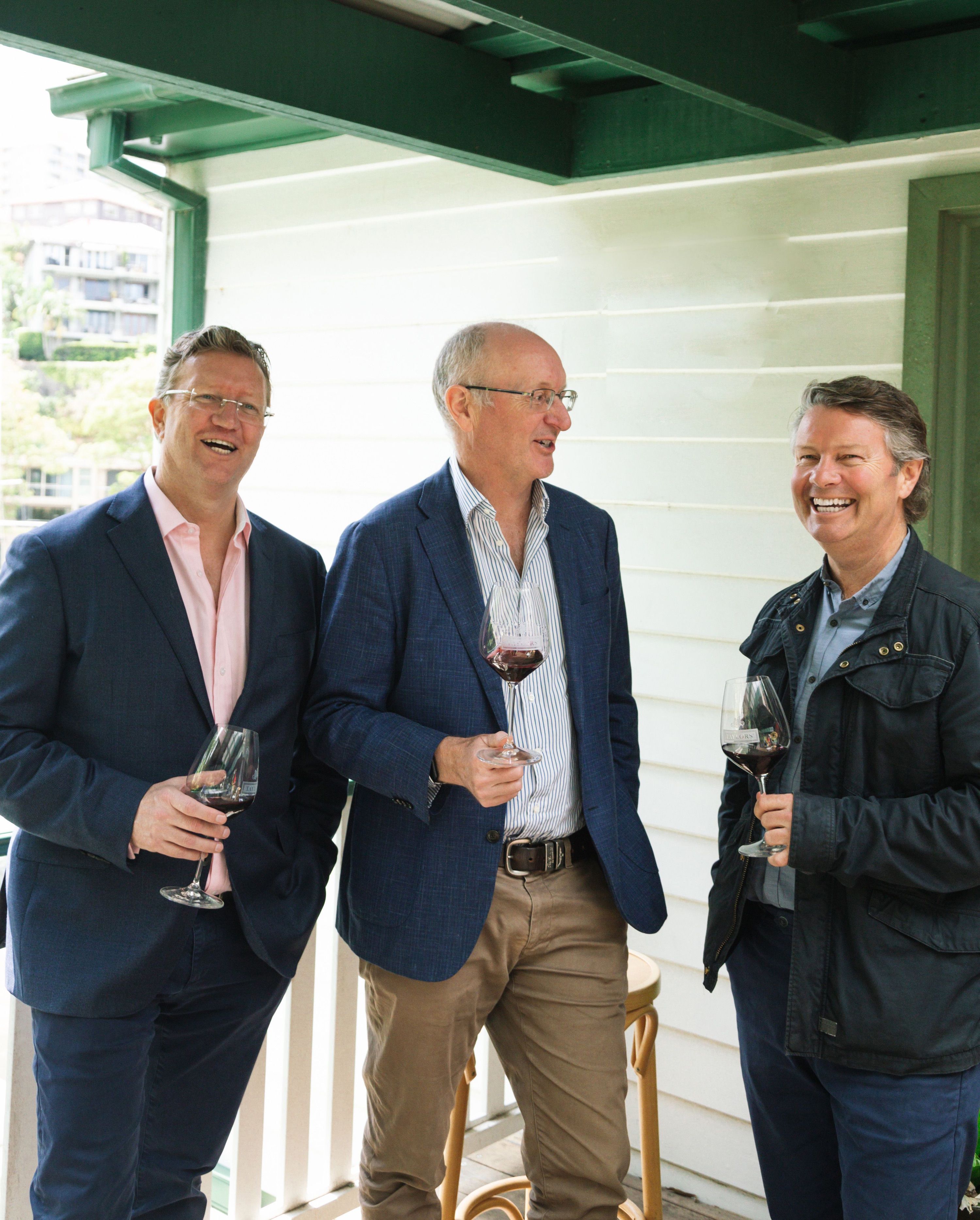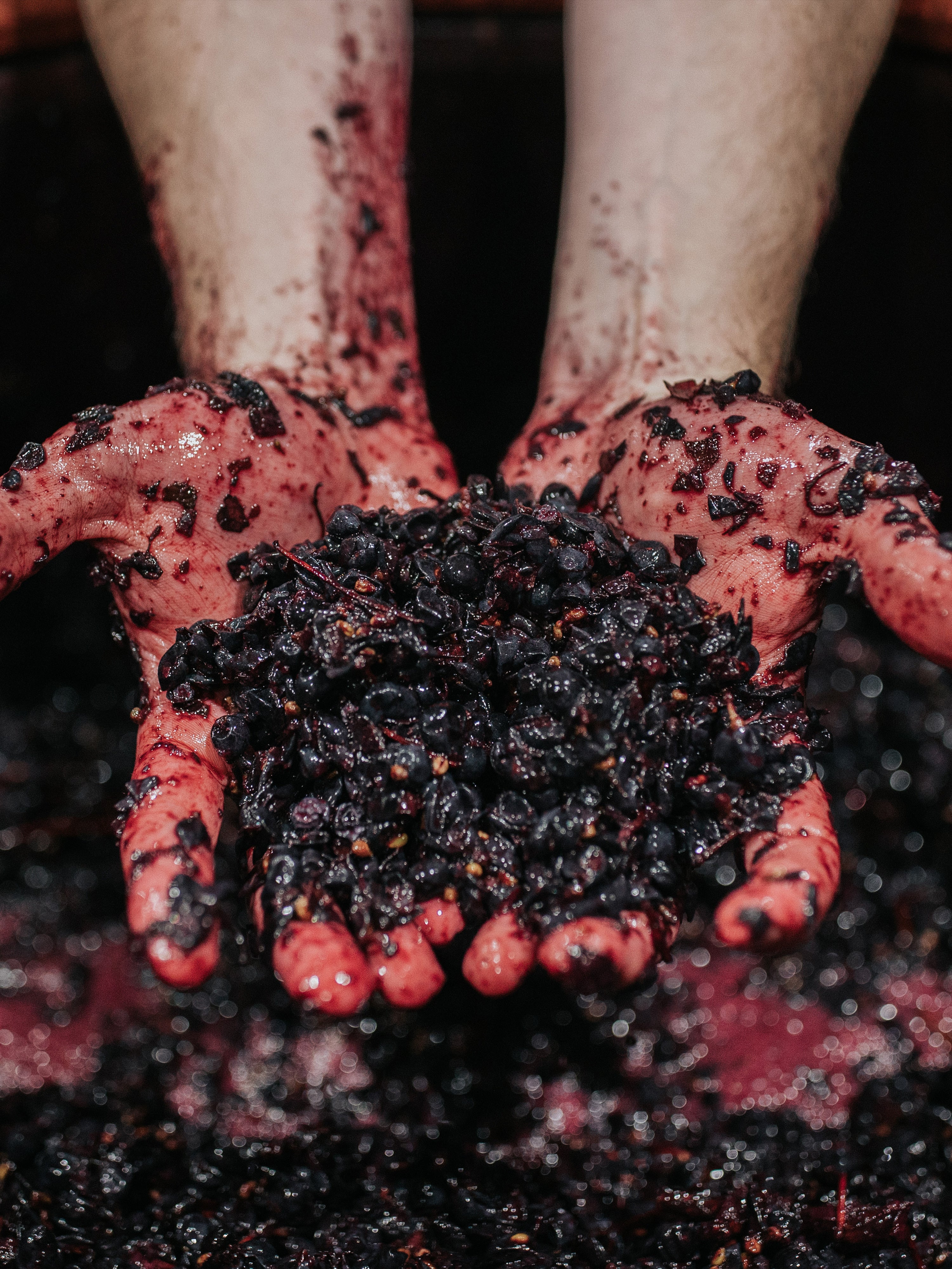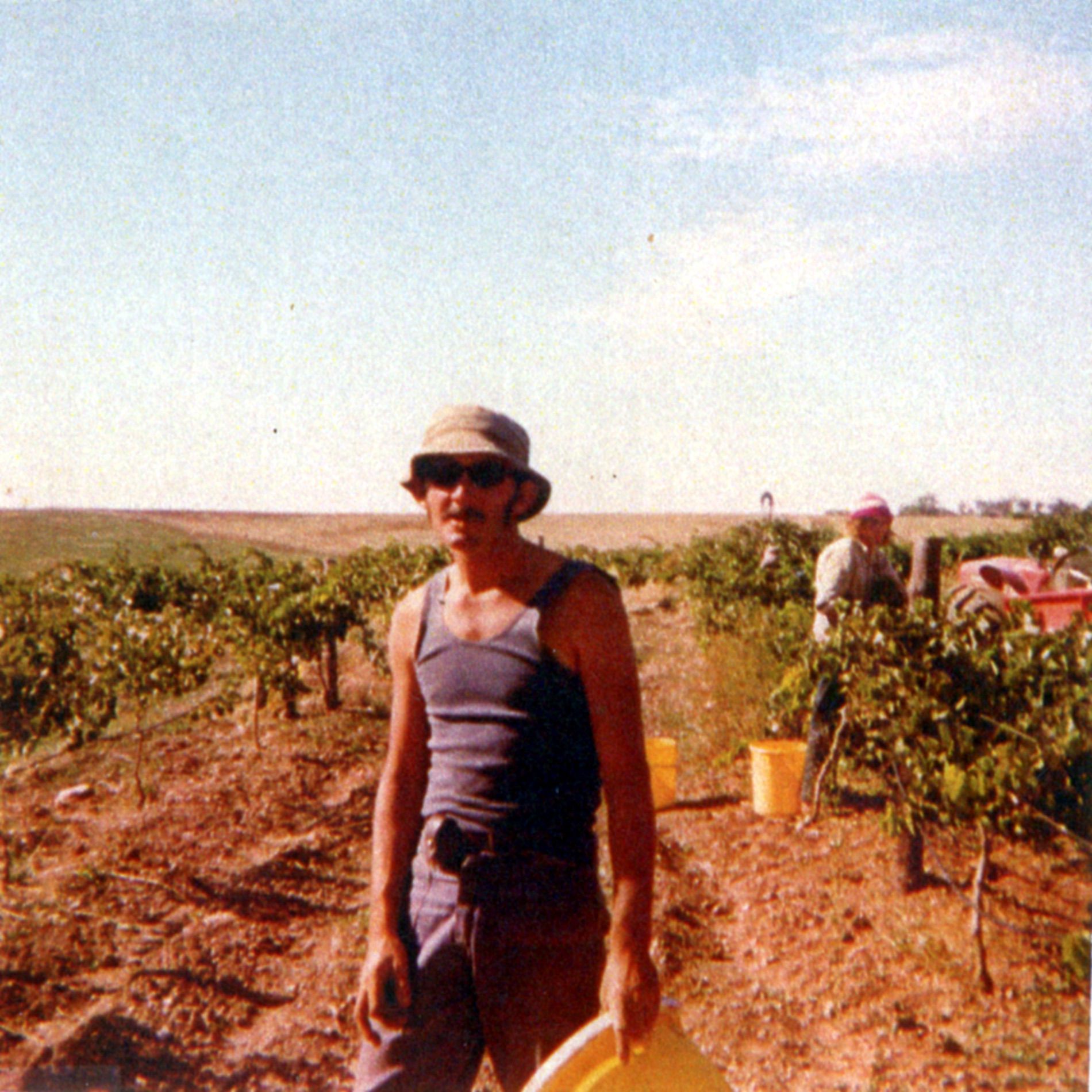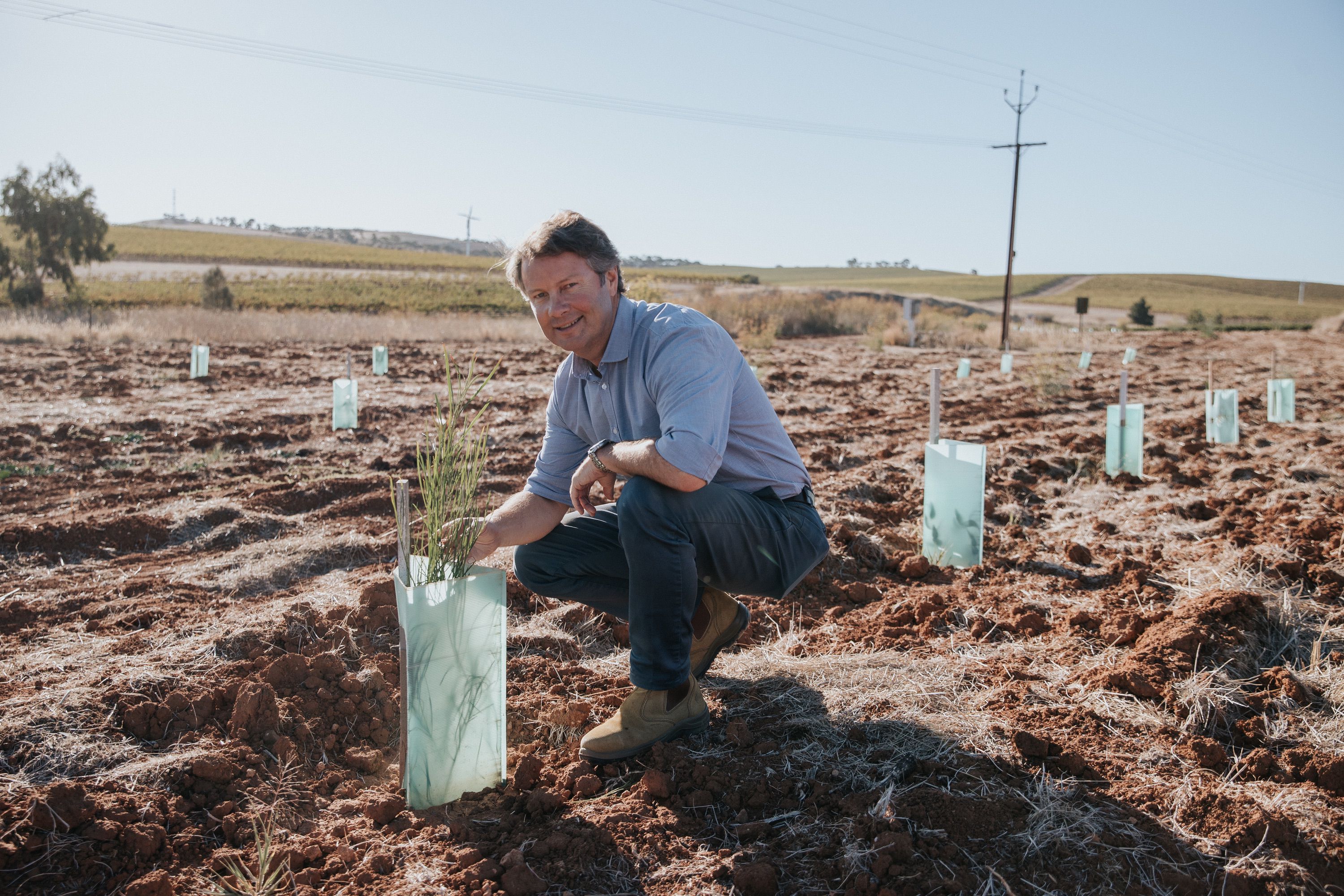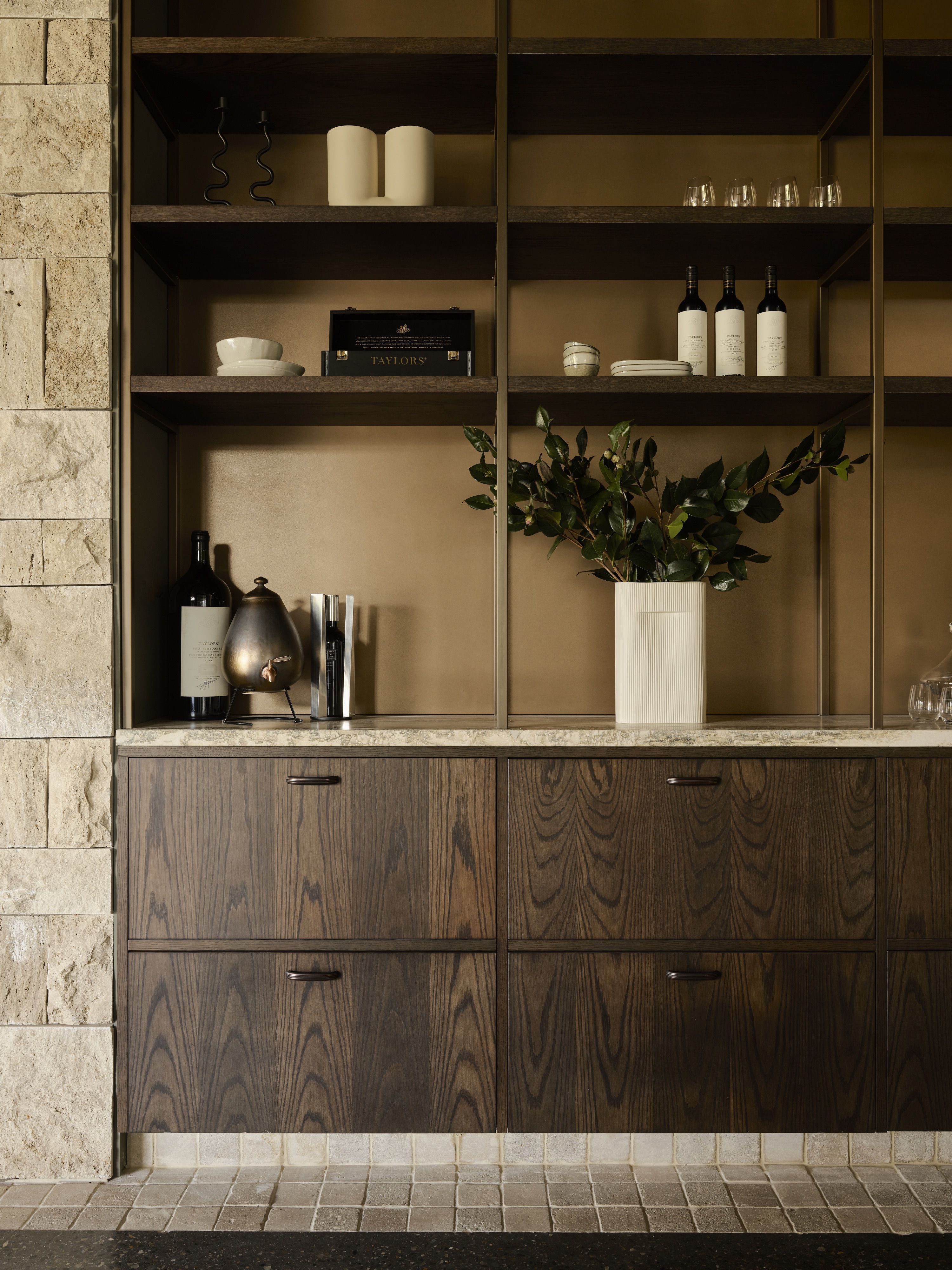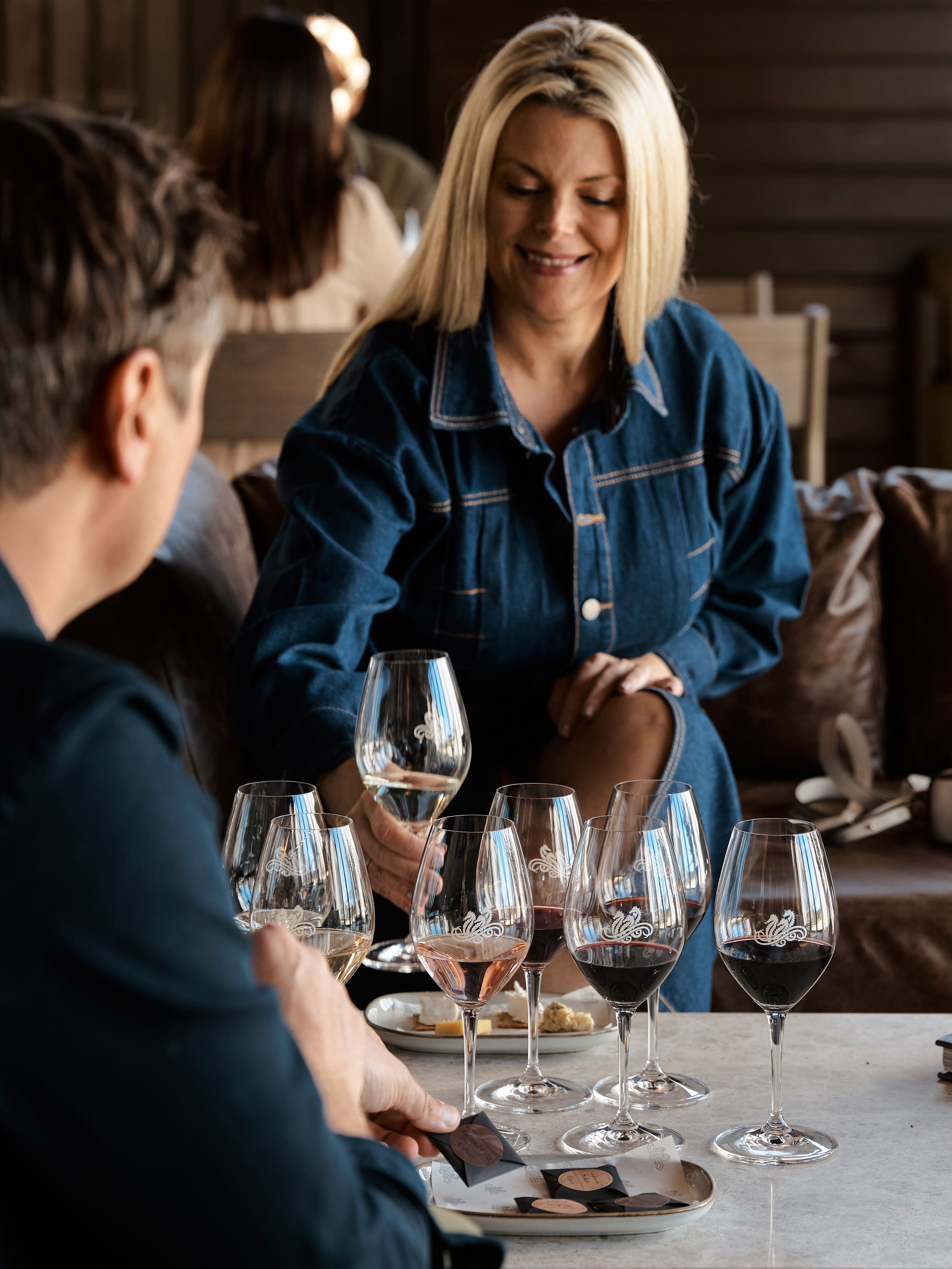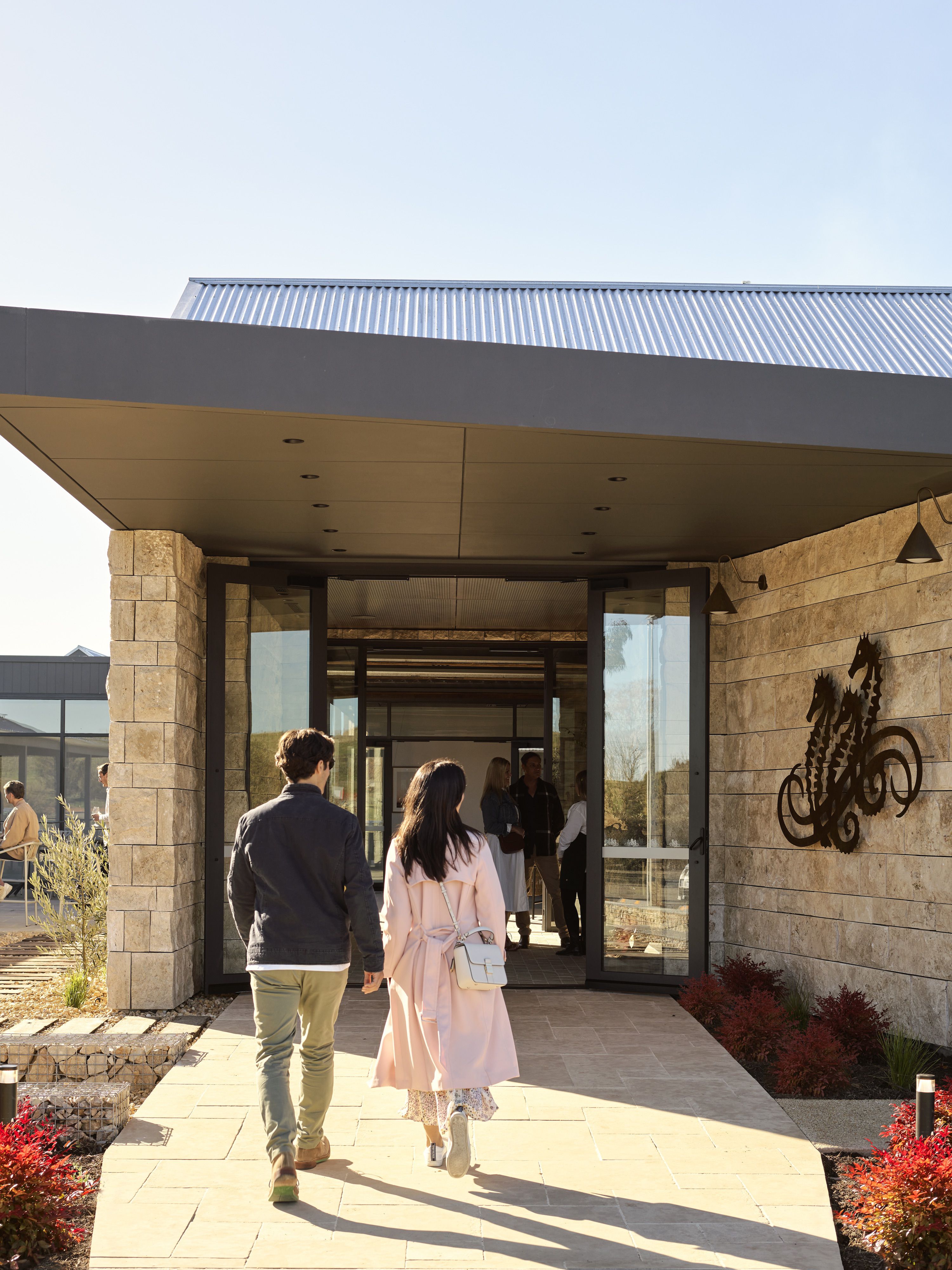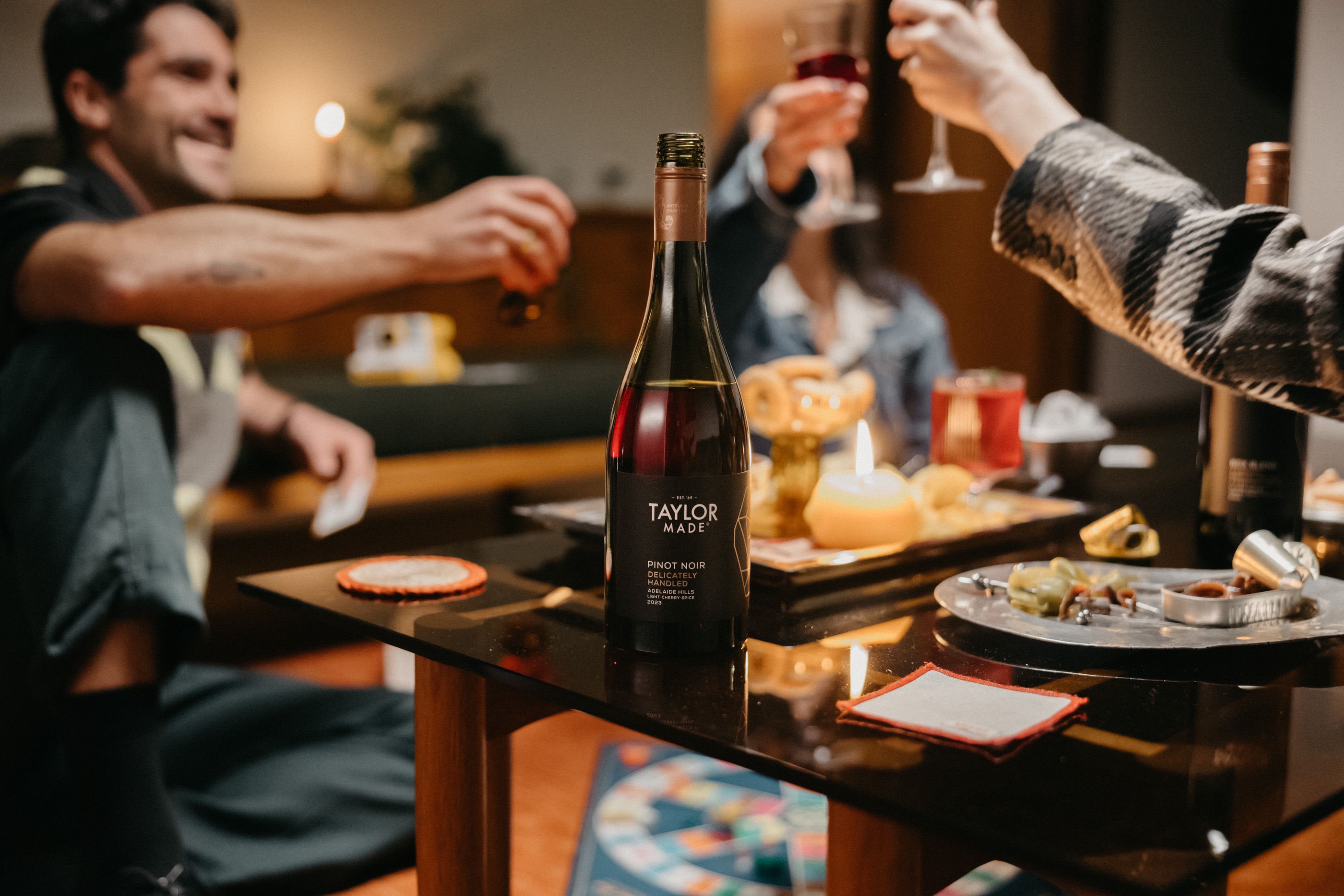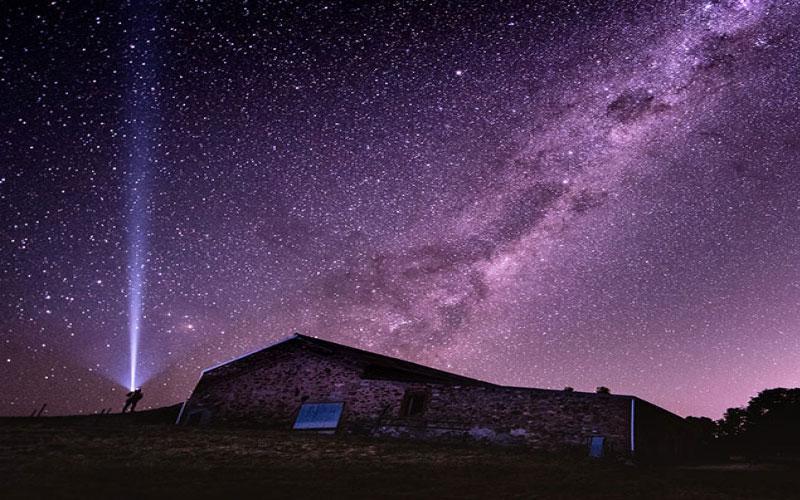And the St Andrews wines did became very well-known. Christison &Lyall concentrated on making a light claret style wine for the export market with much of the wine being exported to England. They also produced 'a very fine fruity port' for which there was strong local demand. Ernest Whitington from The Register | reported in The South Australian Vintage 1903 | 'Only the best sorts of vines are planted at St Andrews and most of them are trellised. In every way | the vineyard is worked on the most up-to-date scientific principles. The winery and cellars are well built | substantial and fitted with modern appliances. Mr Lyall has succeeded in making a first-class wine at St Andrews and it is admirably suited for the export trade. He is one of the most popular men in the district and everyone wishes him the best of luck.'
In August 1907 David and Emily Lyall purchased John Christison’s interest in the business. By 1910 the storage capacity of the winery had grown to 80 |000 gallons | making it the second largest winery in the Clare district. The winemaker from 1919 to 1926 was Michael Auld | later Managing Director of Stonyfell Wines (1943). Vintages in the 1920s produced up to 28 |000 gallons of wine. The last vintage was in 1932. The Lyalls sold St Andrews in March 1934 to pastoralist Joseph Kenworthy. David Lyall retired to Walkerville. He died at Medindie on 27 August 1956 aged 96buried at North Road Cemetery. Joe Kenworthy was more interested in livestock grazing and race-horses than wine production and most of the vineyards were pulled out. He developed a Merino stud at St Andrews and converted the winery into a woolshed. The St Andrews house was rebuilt in its current two-storied form in 1939. The Kenworthys were great supporters of the local community. They would often give the use of their place for a annual fundraising events.
Joseph Kenworthy died in 1943 aged 70. His funeral cortège travelled from St Andrews to the Auburn Cemetery. Mrs Blanche Kenworthy remained at St Andrews for a further 30 years following her husband’s death. Mrs Kenworthy | who became one of the largest landowners in the districtdied in May 1972.  In 1959 | prior the Mrs Kenworthy’s death | the homestead and some of the Kenworthy’s land passed to Lawrence and Daphne Iskov. (Daphne was Blanche Kenworthy’s grand-daughter). The Taylor family  quickly recognised the potential of the adjacent St. Andrews property when they were first establishing their vineyards in the Clare Valley | and wanted to make it a part of the estate. So | on 2nd of November 1995 the family purchased the property and became proud custodians of a piece of Australian wine history. They immediately set about the task of ’recreating history’ and began restoring the property to its original purpose | a vineyard to produce handcrafted wines that stand alongside Australia’s iconic wine names and proudly showcase their Clare Valley origins. The St Andrews vineyard now forms part of the overall Taylor family estate | which consists of 750 hectares in total with over 400 hectares under vine | planted in the finest terra rossa soils.
Read more
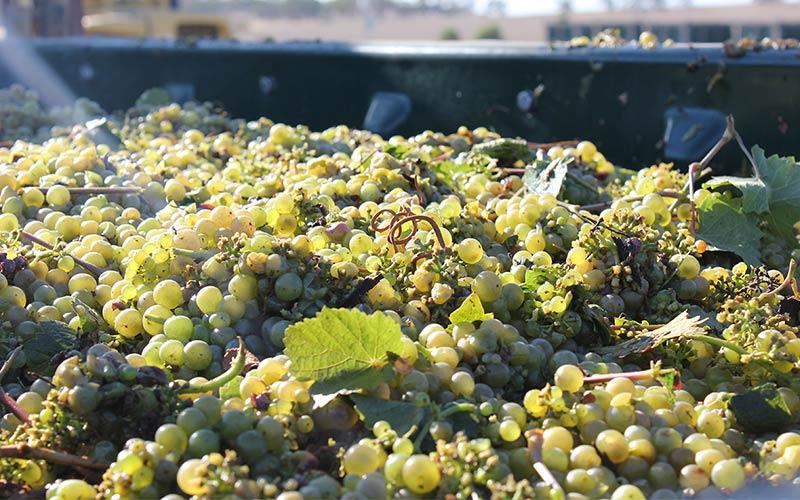
Riesling is an incredibly versatile, aromatic grape variety. It can produce complex dry wines with searing, racy acidity and delicate aromatics off-dry and medium-sweet styles to lusciously sweet w...

Riesling is an incredibly versatile, aromatic grape variety. It can produce complex dry wines with searing, racy acidity and delicate aromatics off-dry and medium-sweet styles to lusciously sweet w...
